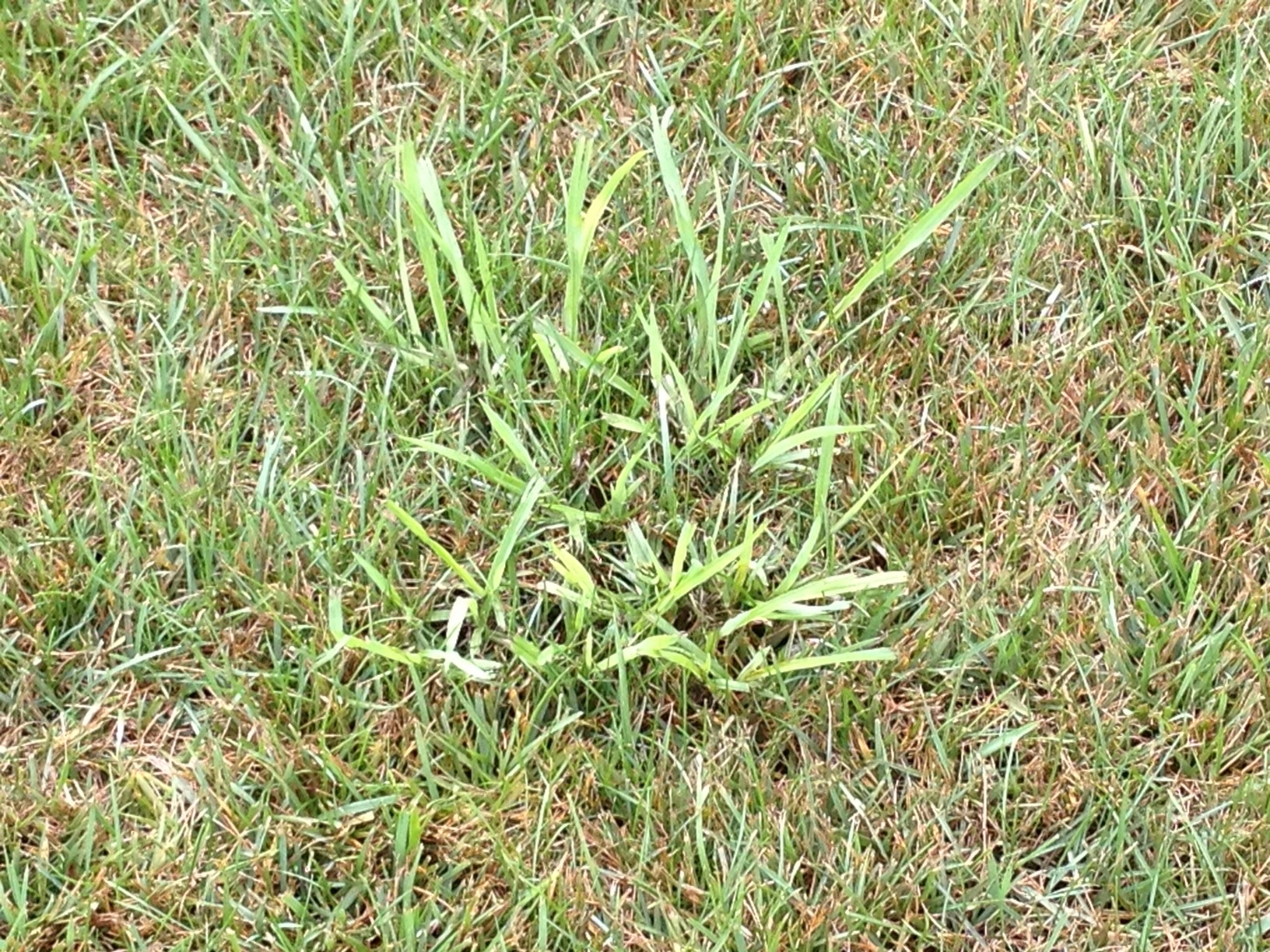A perennial weed, Dallisgrass can leave unsightly clumps of weeds in your lawn, detracting from an otherwise healthy appearance. Dallisgrass poses unique control challenges to a homeowner, but can be effectively controlled with time, patience, and proper lawn maintenance.
What is Dallisgrass?
Dallisgrass (Paspalum dilatatum) is a species of weed grass. It is native to Brazil and Argentina. In the United States, A.T. Dallis championed this grass variety, and it bears his name to this day.
Often confused for crabgrass, Dallisgrass is a particularly invasive weed that shares many visual and growth characteristics with crabgrass. Featuring a coarse texture and a "bunchtype" growth pattern, Dallisgrass can radiate out from a central area, spreading in a circular pattern and leaving tufts of weeds throughout a lawn. Dallasgrass is most easily identified by hairlike growths on leaves, in addition to its grass blades, which are much wider than typical turfgrass blades.
How does Dallisgrass grow?
Dallisgrass seeds are capable of staying dormant for over 30 years. When conditions become optimal, dormant seeds of Dallisgrass can then germinate and appear in a lawn. This ability can explain why Dallisgrass can often appear somewhat suddenly in a lawn without a previously-known Dallisgrass problem. Late spring temperatures and increased rainfall trigger Dallisgrass germination. Dallisgrass thrives in clay and sand soils, and can easily become rampant if not addressed prior to a nitrogen lawn fertilization, which encourages rapid growth.
How do I get rid of Dallisgrass from my lawn?
It is incredibly difficult to get rid of Dallisgrass weeds completely. Using selective herbicides may kill Dallisgrass in particular areas of a lawn; however, the robust nature of Dallisgrass seeds renders such an approach only locally and temporarily effective. There is no simple Dallisgrass killer.
Dallisgrass Outlives Weed Control
In other words, weed control materials alone are ineffective against Dallisgrass, as are pre-emergent spring fertilization treatments. Without an easy material "fix," the most effective Dallisgrass control measure is proper cultural maintenance.
Dallisgrass grows faster than turfgrass and, when a lawn is mowed on a typical schedule, will send up seedheads typically before surrounding turfgrass needs mowed again. This can allow Dallisgrass to develop seedheads, deposit seeds into a lawn, and spread further. To combat this, lawns featuring existing Dallisgrass should be mowed high but more frequently.
By mowing more often at a higher height, turfgrass thickens and helps crowd out Dallisgrass, while seedheads are not given sufficient time to mature and deposit. Continuing this cultural practice consistently is key to keeping a Dallisgrass population at bay and preventing any seeds in soil from maturing into adult plants. Neglecting your mowing is the easiest way to let Dallisgrass run wild.
To fine-tune your mowing plan to crowd out Dallisgrass, check out NaturaLawn® of America’s mowing tips. If you have an existing Dallisgrass population in your lawn, speak with your NaturaLawn® of America trained technician to discuss the specific needs of your lawn.








